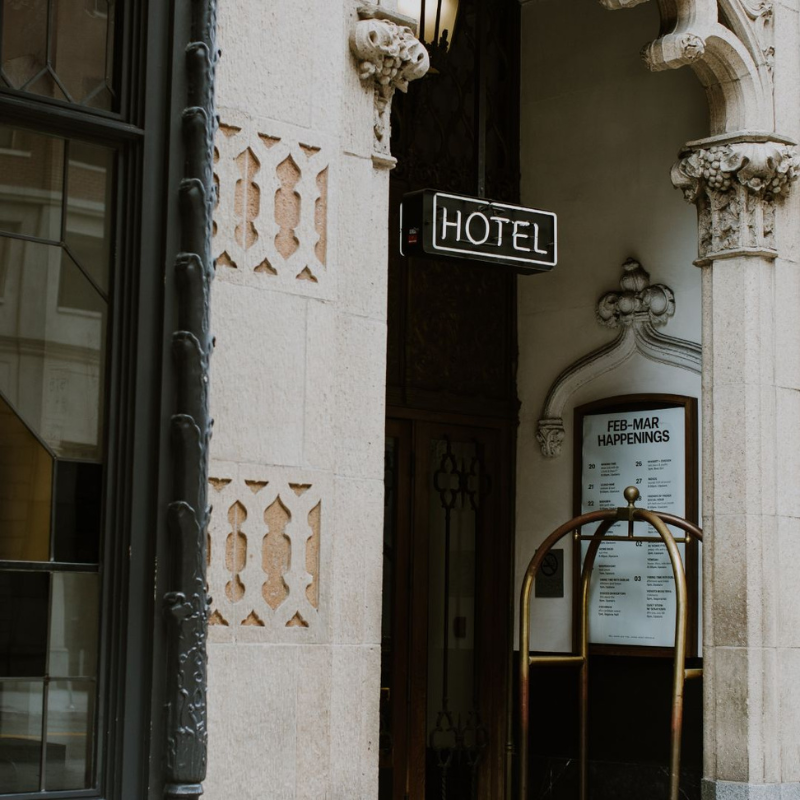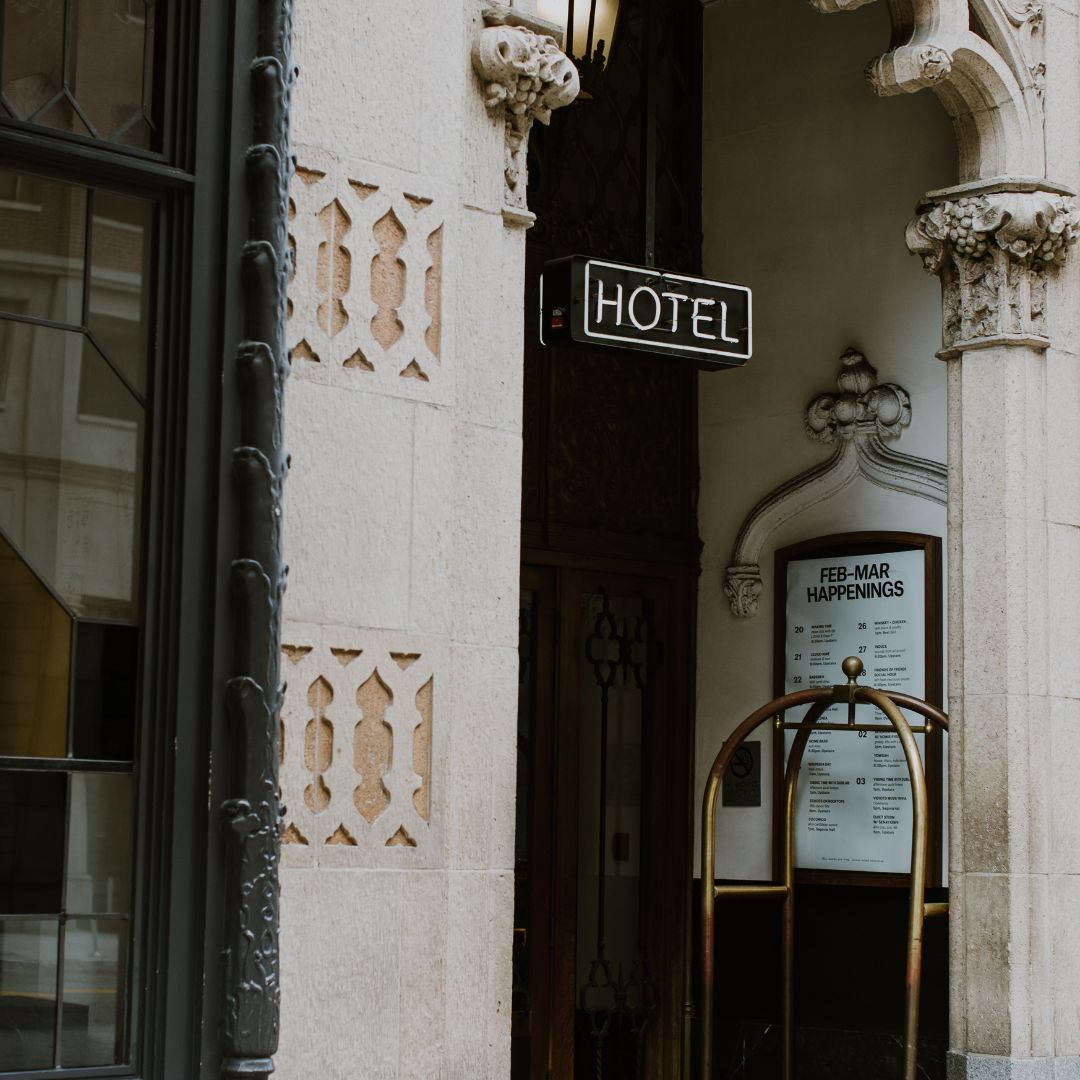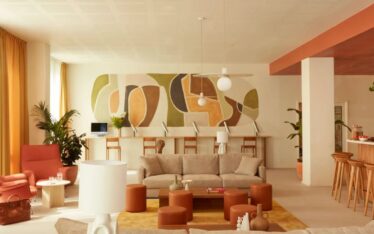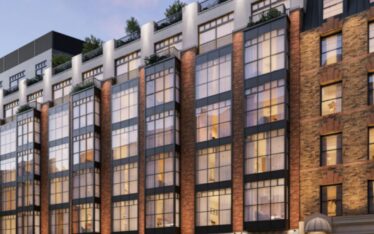This is an excerpt from our latest white paper – Hybrid Hospitality Unpacked: From concept to community building – which you can download here.

In the post-pandemic world, we have seen wide-scale adoption of the hybrid model across the hospitality industry.
While the fusion of different hospitality concepts under one roof accelerated during the pandemic, the hybrid model has since proven its strength and is continuing to redefine how we think about hospitality.
Over the past 18 months, industry and investor interest in – and understanding of – hybrid hospitality concepts has grown exponentially. This is largely driven by the model’s ability to provide more agility and flexibility in terms of operations, as well as the potential for greater returns through increased asset utilisation.
The hybrid model allows operators to optimise spaces for maximum revenue by applying different business models on the same square meters of land. Units of space can be reused at different times of the day, boosting the profitability of the site.
Alongside these industry changes, the role of the hotel – and what guests expect from the hotel experience – continues to change. People across all guest segments are no longer looking for just a place to stay – instead, they are seeking out multi-purpose spaces that can meet the demands of their changing lifestyles and provide those valuable opportunities for connection that we all missed during the pandemic.
Established hybrid hospitality brands – including those featured in this paper – have gone from strength to strength in this time, attracting investment and proving the resilience of the concept. We have also seen a rise in new hybrid brands around the world – The Julius in Prague, Innov8 in Dubai and Riyadh, and The Other House here in London to name a few.



